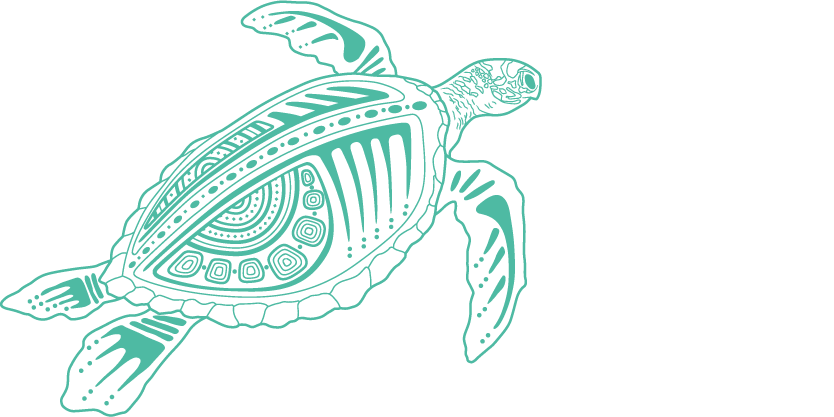Seabirds are key indicators of changing oceanographic and trophic conditions.481 They occupy upper-trophic levels of marine food webs and play a key role in the cycling of nutrients between marine and island ecosystems.481,482,483
The Region supports breeding populations of 21 seabird species. All are protected under the EPBC Act.484 There are 55 key locations for nesting and roosting seabirds that are regionally and globally important. Most support multiple species of seabirds, and many (65 per cent) are in the Reef’s southern section.101 Overall, 39 of the 55 sites (71 per cent) are globally significant as they meet, individually or as a group, specific criteria, such as supporting greater than one per cent of the global population size of a species, over a season, and during one or more life history stages. The remaining 16 sites (29 per cent), which do not meet global significance criteria, are regionally significant as they support, for example, seabird species that are geographically restricted in their nesting area and/or one of the 5 largest nesting or roosting populations of seabird species in the Reef.101 Ten highly diverse seabird rookeries occur within the Reef, where populations of 7 or more species nest on islands and cays, including the most diverse, Raine Island (13 to 17 species).70,101 Notably, some seabird species, such as the Herald petrel, only nest in large numbers on a few of these key locations or exclusively on one.101


